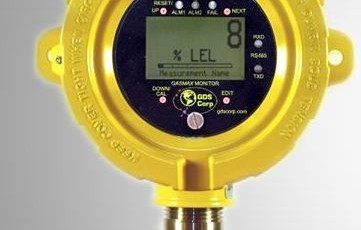When it comes to various types of gas detectors within the oil and gas industry, an LEL meter ranks high on the list of safety devices. Monitoring to ensure combustible gases do not reach levels that result in fires or explosions, they play an important role in the safety programs of companies worldwide. Whether used on an offshore drilling platform, pipeline located in the wilderness, or in a refinery, it’s crucial to have an understanding of the capabilities of an LEL meter.
LEL Gas Sensor
If you want to know how best to use an LEL meter, having a good understanding of the sensors is a good place to start. Since these sensors can perform gas detection in an open path or sample draw capacity, they are capable of being used in a variety of ways. For example, if these gas detection equipments are placed on pipes which carry explosive gases, the meter will be able to perform indigenous gas detection within the immediate vicinity. To ensure this will be accomplished accurately and reliably, LEL meters have been designed so that they can be easily calibrated. In doing so, the meter can automatically trigger alarms that will sound once lower explosive limits reach a certain percentage, usually 10-20 percent of the LEL. Because current federal regulations now require the alarms to sound once these levels are met, those employees working in dangerous environments can have much greater peace of mind.
Correct Calibration
Of course, an LEL meter must be calibrated correctly in order to provide accurate and reliable readings. With most of these meters, this is done by introducing a controlled amount of gas, which should then trigger the alarm. If all goes as planned, the sensor will show itself to be working correctly, allowing for proper calibration to take place. Once this is accomplished, it’s then possible to create a wireless connection with the meter, allowing its data to be relayed to a monitoring station that may be located miles away. In fact, within only a few hours up to a dozen sensors, along with the alarm panel and central relay system, can be set up and ready for operation in virtually any work environment.
Real-Time Data
By being able to have a wireless connection to a central monitoring station, an LEL meter is then able to send real-time data to safety personnel. Since each sensor has a display readout showing a graph that is updated in real-time, safety engineers can view the concentration spectrum at any time. By using this advanced software, it is then possible to monitor readouts sent from each of the meter’s sensors, enabling emergency personnel to make quick decisions in the event a dangerous situation arises. Because of these advances in monitoring technology, these meters are now considered accurate and reliable in virtually any industrial workplace. Whether it’s a production facility with numerous confined spaces or a pipeline with large, open spaces, LEL meters have proven to be key components of any safety program.

